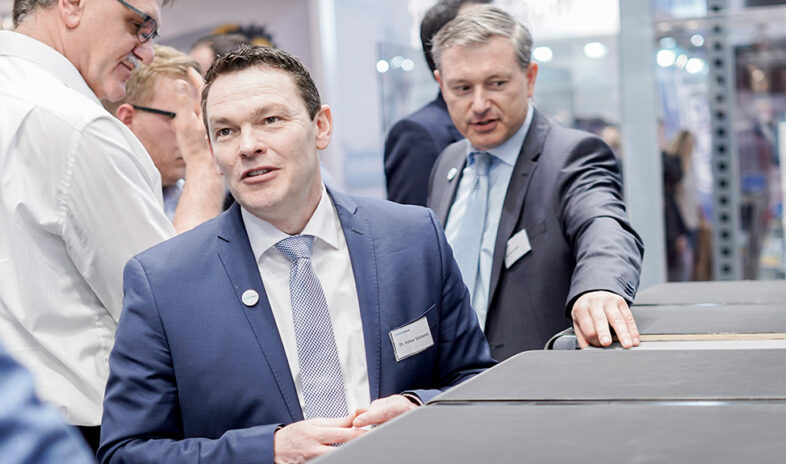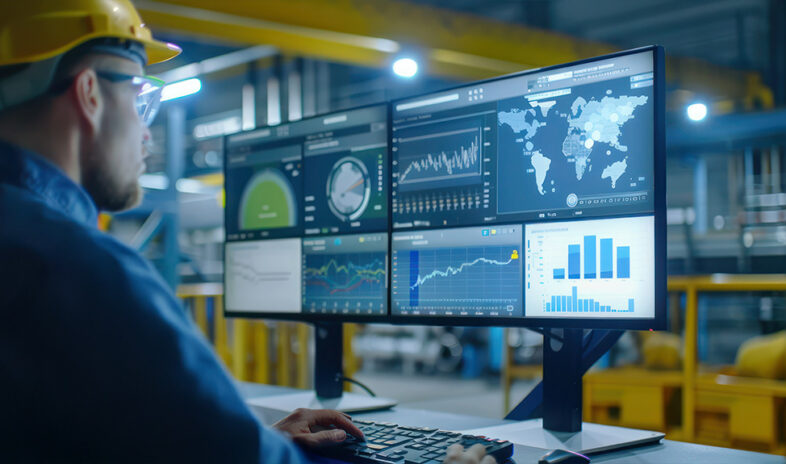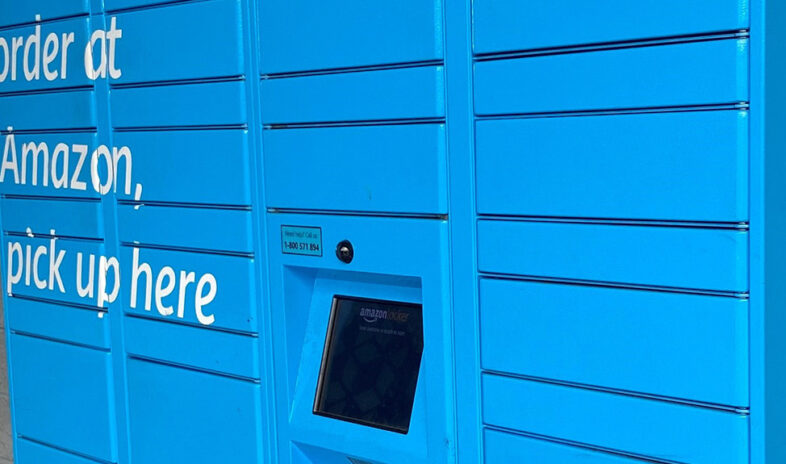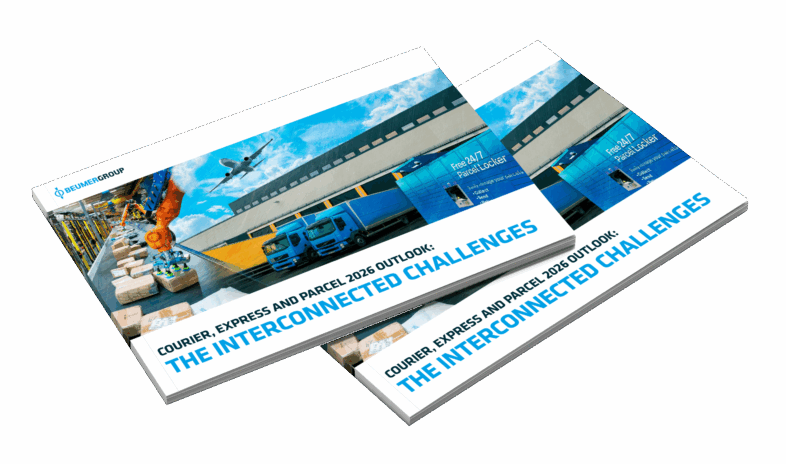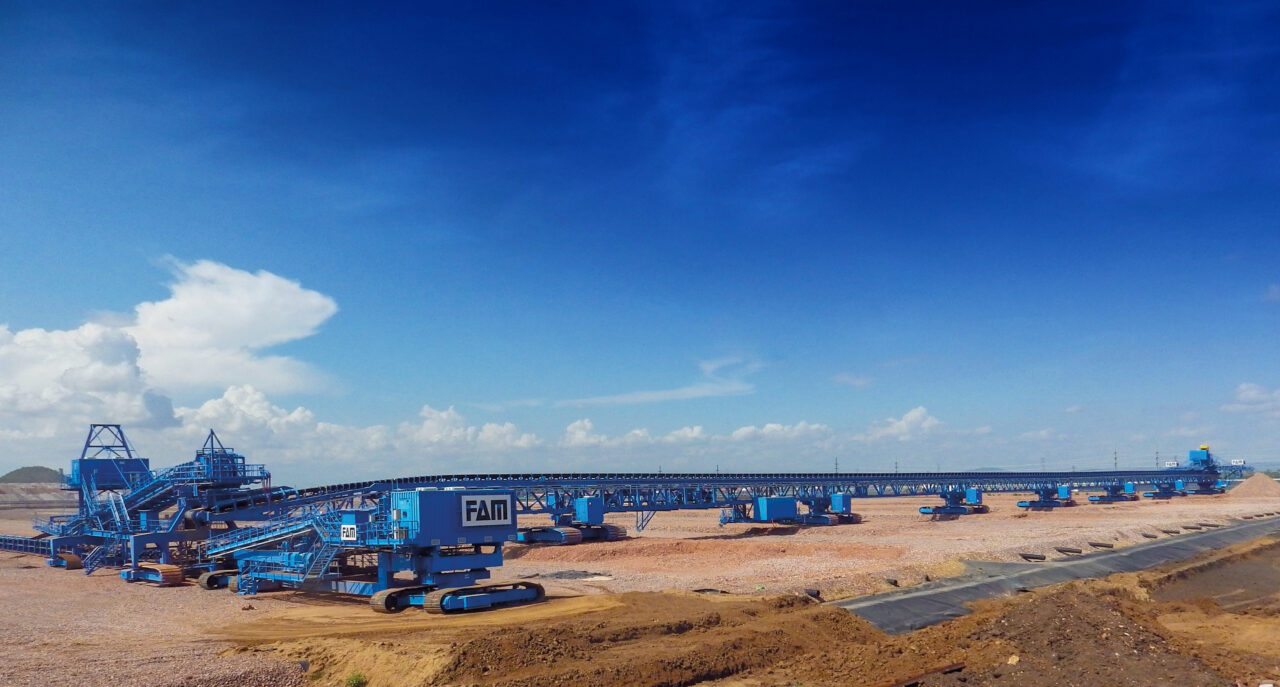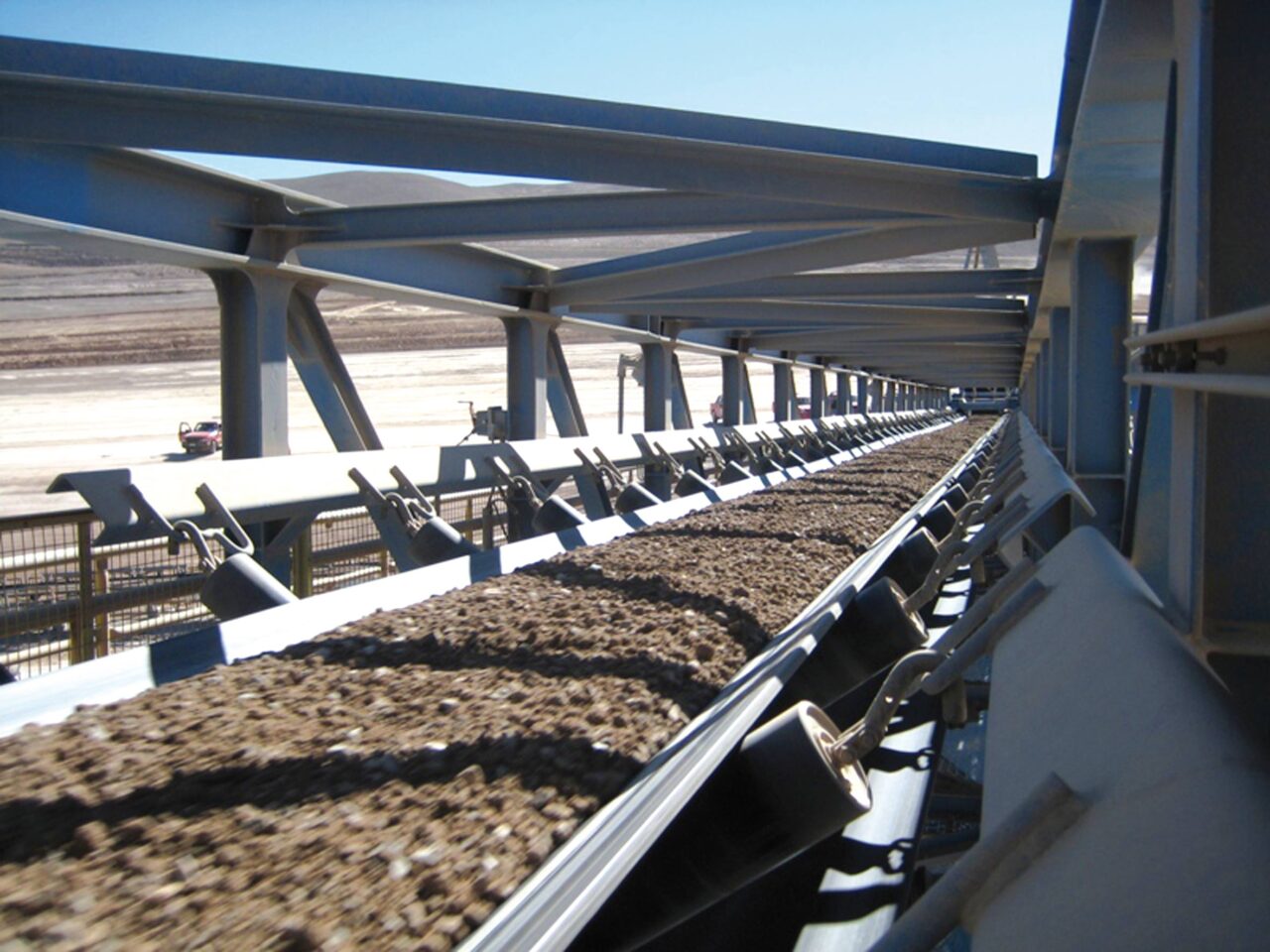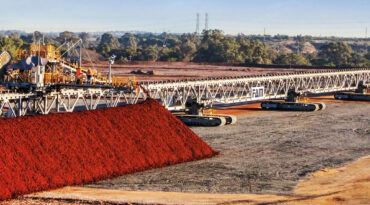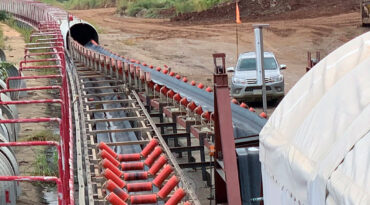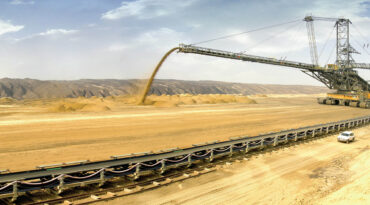BENEFITS OF EQUIPMENT REUSE
Utilising mining equipment in recultivation projects brings multiple benefits for mine operators. Key advantages include:
ECONOMIC EFFICIENCY
Redeploying mining machinery like excavators, spreaders, and conveyors can be more cost-effective than employing trucks for soil transportation. Reusing existing infrastructure minimises the need for new capital investment, reducing overall project costs and carbon footprint.
LABOUR EFFICIENCY
There is no need for additional truck fleets, manpower, or training if you reuse mining equipment. The existing workforce is large enough to implement your recultivation plan and they have the necessary skills to operate the equipment safely and efficiently.
EQUIPMENT RELIABILITY
Mining equipment like bucket wheel excavators and spreaders is designed for heavy-duty operations and can last for decades, attributes necessary for long-term recultivation projects. Reliability is proven as this equipment has served for years before being used for the purpose of recultivation.
LEGISLATIVE COMPLIANCE
European legislation, such as Directive 2006/21/EC, is creating the impetus for the recultivation of open-cast mines to create a valuable asset. This is being driven by multiple global factors, including climate change and food security, which make the recovery of agricultural land and the improvement of biodiversity increasingly important.
